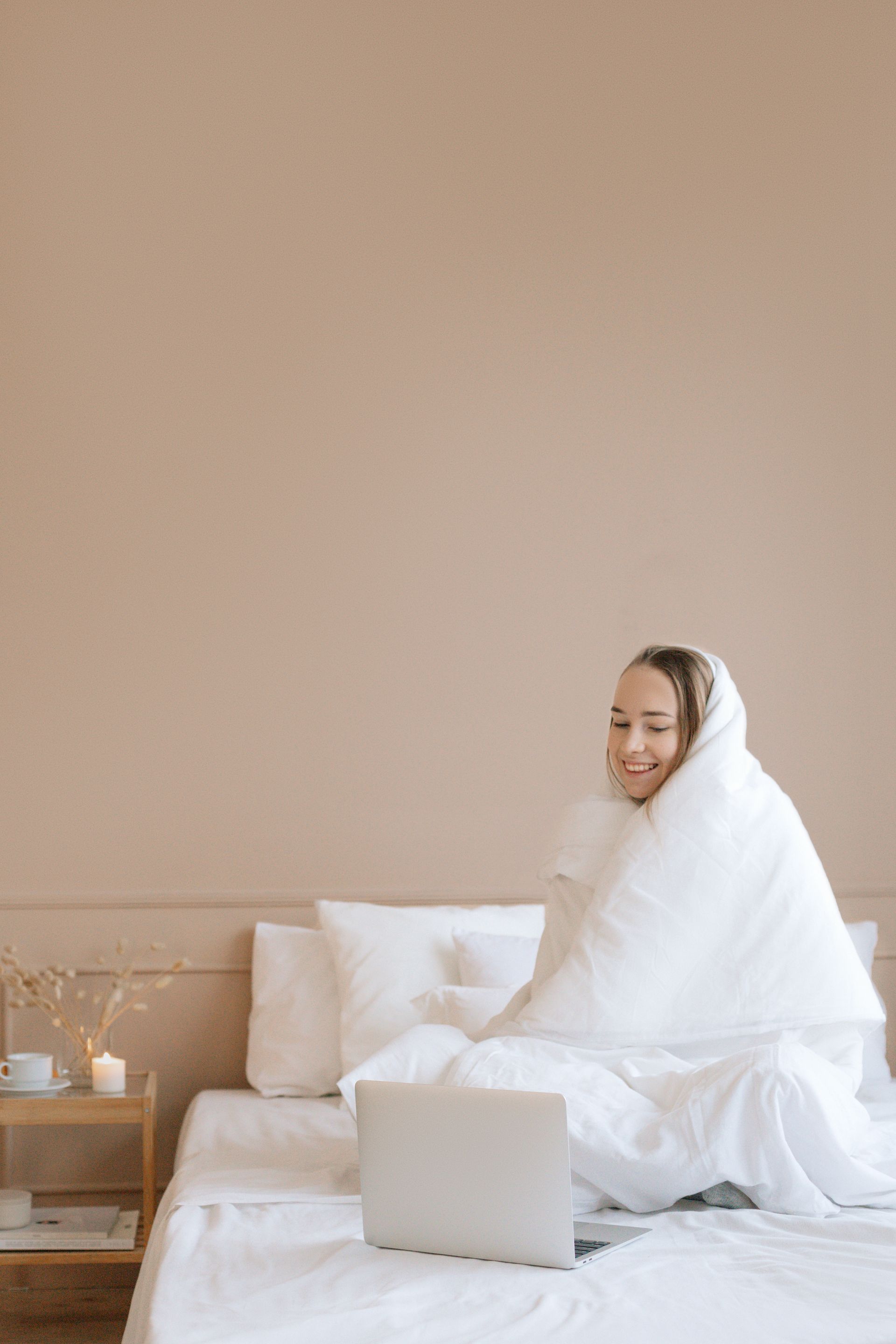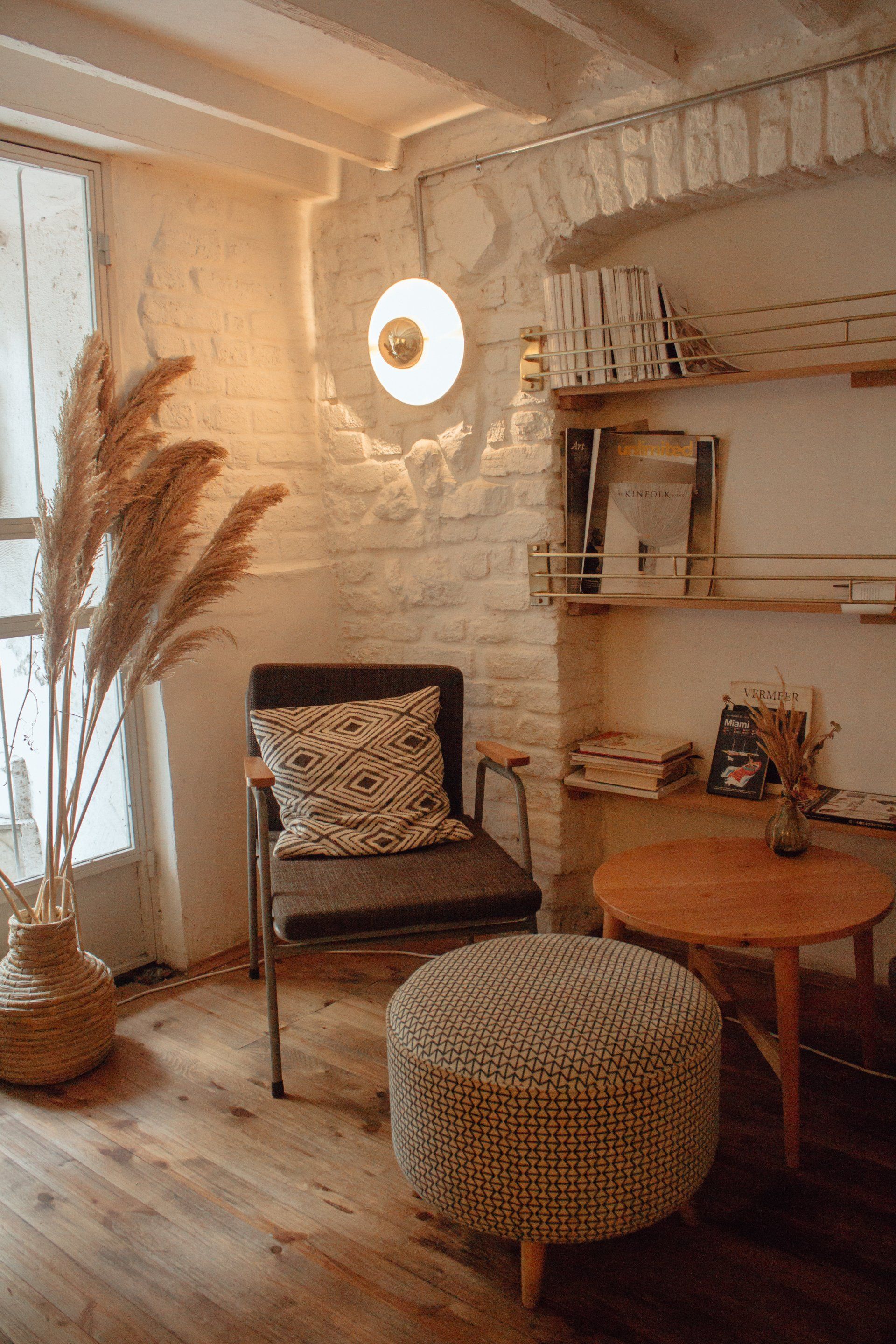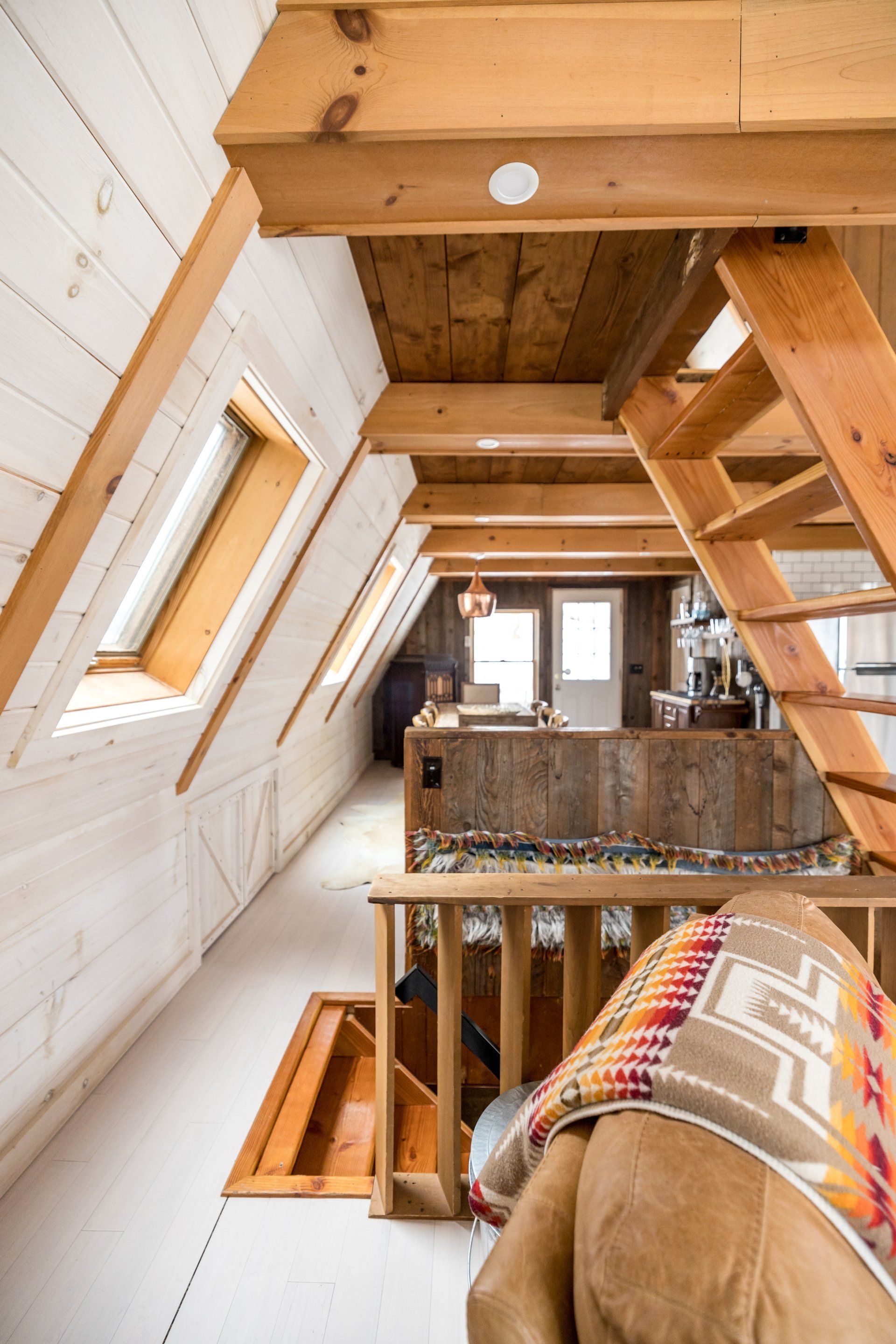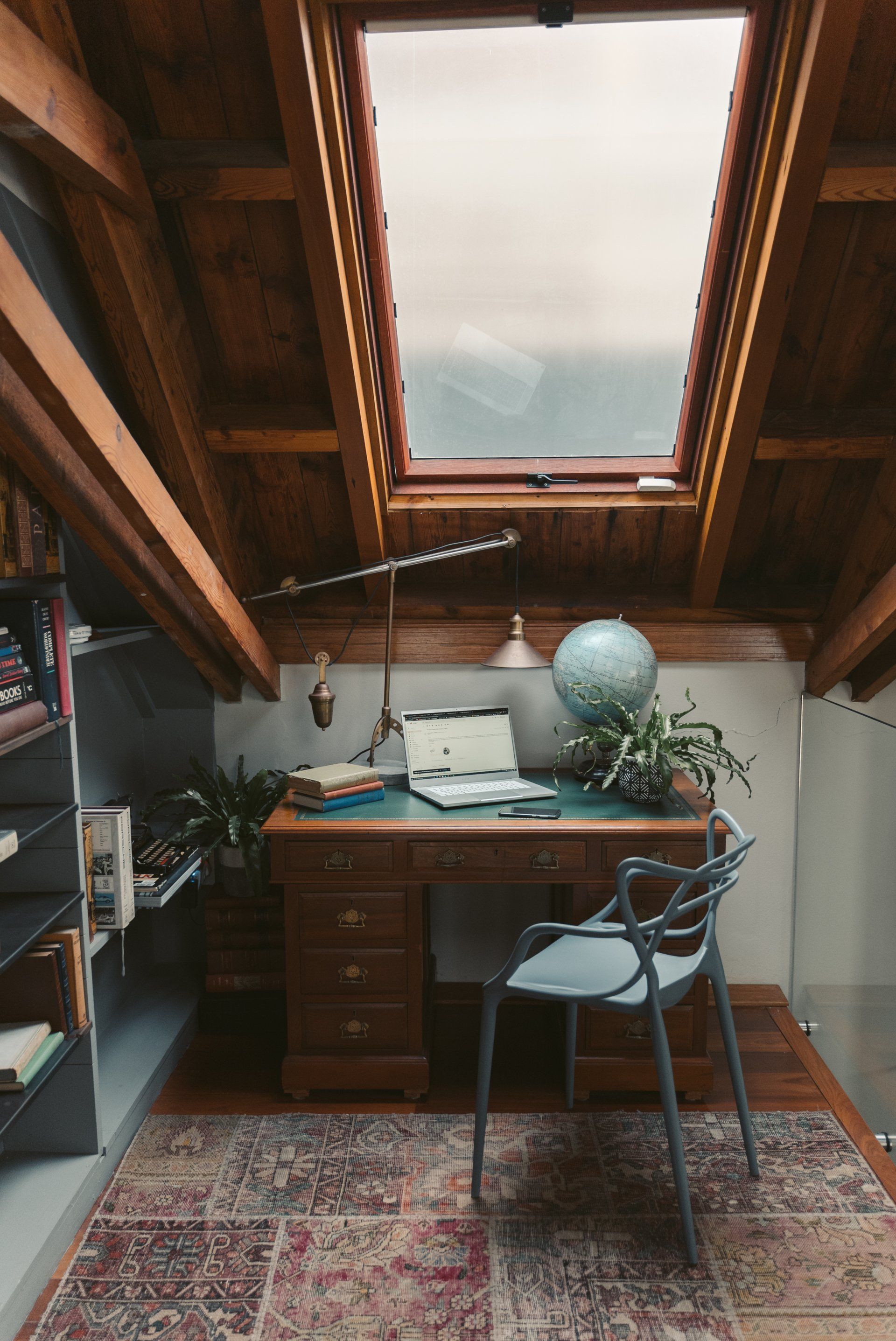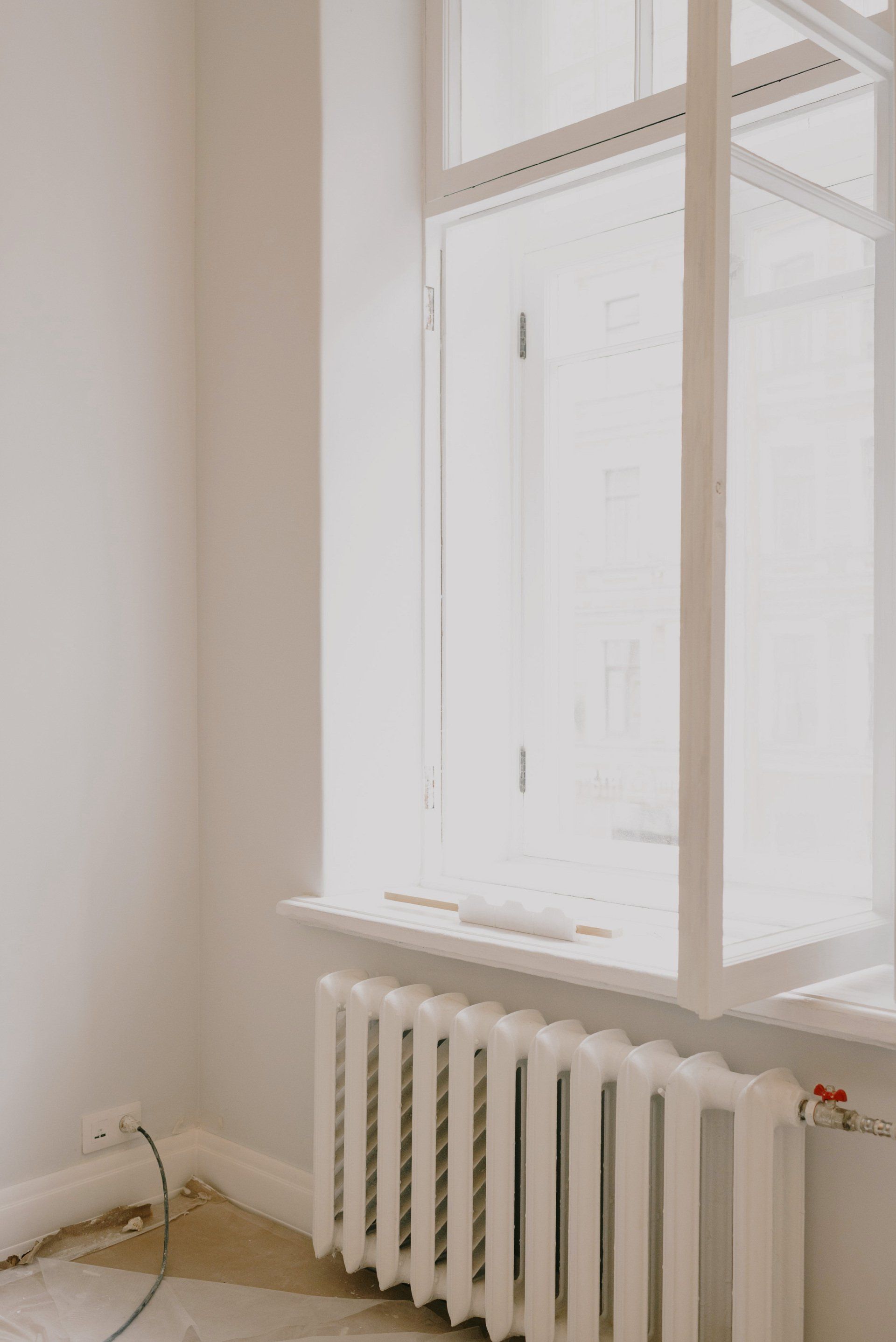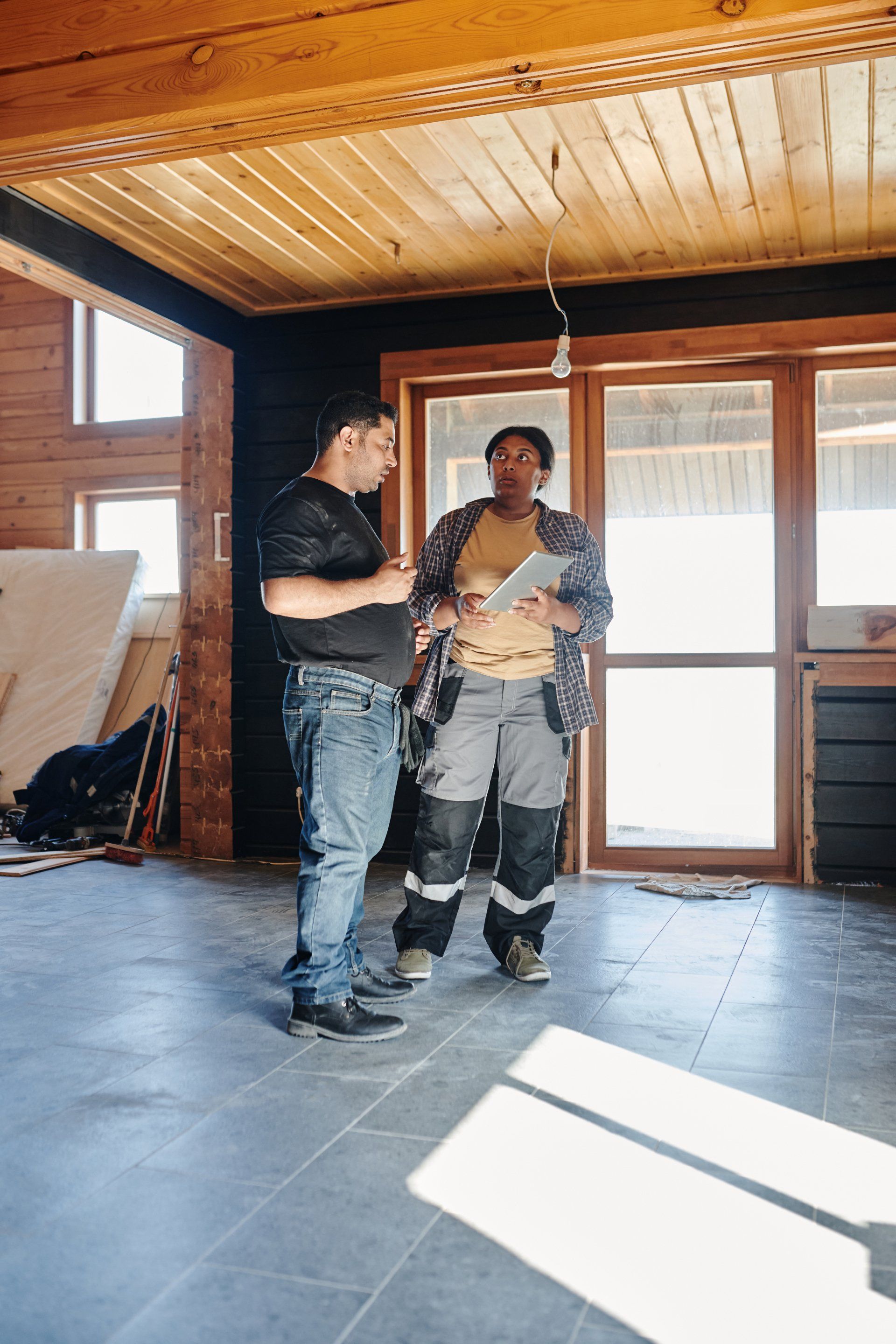How To: Insulate an Old House
How To: Insulate an Old House
If your home was constructed prior to the 1960's, you have very little or any insulation. Prior to that energy-related crisis in the 70's, energy was plentiful and affordable throughout America as well as it would be much cheaper to heat the old house than the case to build a new one. In the present, things have changed, and to save lots of money, it's an excellent idea to know how to insulate your old home without damaging the structure.
Before you begin, make sure you know the recommended insulation levels for the climate zone you live in.
Insulating the Attic
Before you take any other action, it is time you must begin to insulate your home, especially if you live in the southern states, which are extremely hot. Most of the warmth loss or gain happens in the attic.
The attic is typically the easiest area to add insulation. If you've got an unfinished, not conditioned attic, like many older houses, our initial suggestion is to install batt insulation to the underside of the roofing.
Take a look at the measurements of roof rafters. Are they larger than 2x6 or 2x8? The more substantial the rafters are, the denser the insulation that you can put in. Also, you'll need to consider the spacing between the rafters. Are they 16″ O.C. (on-center) or 24"? Sometimes, they're not evenly distributed, which means you have to do that you have to cut your bats to the right size.
Here's a short guide on how to put in batt insulation.
Once you've completed the insulation of part of your roof that is below, it is sensible to increase your insulation by applying cellulose insulation to the floor of your attic. This will make those living above more comfortable throughout the year. You can hire an insulation hopper from many large box retailers to fill your home with insulation easily.
The trick to blow-in insulation (and any other insulation for the matter) is filling the space as much as you can without compressing it. Insulation's properties decrease the more compact it gets. It must be laid out thin and soft to perform optimally.
Insulating the Walls
"How can I insulate the walls of my old house without tearing down the plaster walls?" This is probably the most important problem with insulation faced by historical homeowners. Is it possible to solve this problem? Yes. Can it really be? This is a different question.
Insulating walls of an older home without other safeguards could cause rotting walls and the growth of mold in some circumstances. In other situations, drilling holes in the walls or taking off two or three courses of clapboard in order to blow insulation through the stud bays can be done without a problem.
The issue is that it's hard to determine what scenario you're in; that's why it's recommended to leave the area and the walls not insulated. The most lucrative rewards are beneath the floor and the attic, too.
Insulating the Floors
If you're in the crawl space or basement, the best method of protecting the floors of the living area above is similar to that of the attic by putting batts in the studs of floor joists. It's a slow process in crawl spaces that are tight; however, once you've completed it and you're done, you don't have to do it again, and the floors will be more comfortable all year long.
Edmonton Insulation Quote
